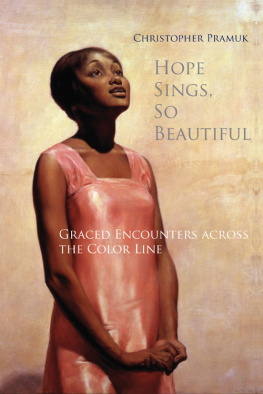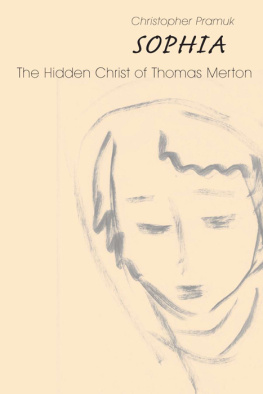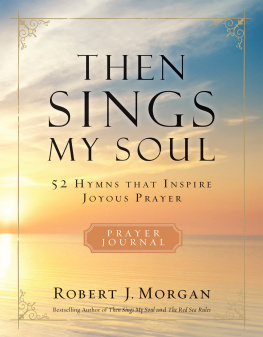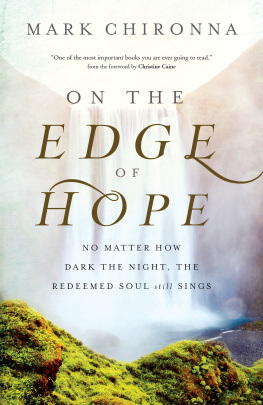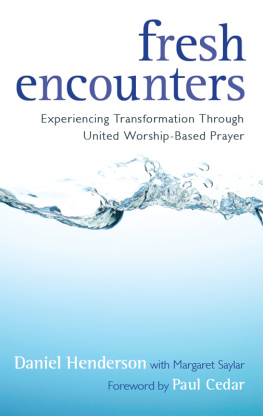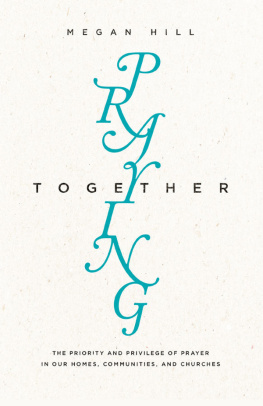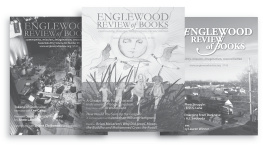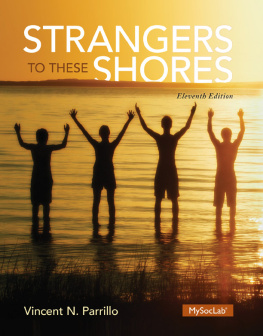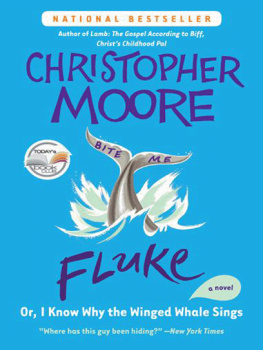Seldom does an author share his soul. Not just his life and experience, but the people and events that inspire him; the art, the music and the encounters that feed his imagination; the passion that drives him. That is what Chris Pramuk does in Hope Sings, So Beautiful. His passion is nothing less than overcoming every form of discrimination, but especially racism, to gaze on Christ in ten thousand places. It is spiritual theology at its most satisfying. His publishers have also produced a book in the same spirit, intended to move the senses as well as the mind. If you want uplift and are not afraid to be turned upside down and inside out, this is the book for you.
Drew Christiansen, SJ
Former editor of America
Visiting scholar, Boston College
Kiss doubt and small living goodbye and prepare to take a tremulous step across the color line. Hope Sings gracefully shepherds the reader beyond isolated, self-centered prisons into inspiring worlds of scholarship, story, and song. Pramuk does not present a simplistic diagnosis of race problems, but an alternate horizonpainful, partial, mysterious, but nonetheless resonant with music. To those who help us see, we owe the deepest reverence; this author is one.
Kathy Coffey
Author of The Best of Being Catholic
Pramuk creatively interweaves music, scholarship, art, the natural world, theology, personal experience, spiritual writings, and much more to examine discipleship in a racist and fractured world. But above all he unveils the everyday mystery of divine love that beckons us to new life and a new way forward.
Timothy Matovina
University of Notre Dame
Author of Latino Catholicism: Transformation in Americas Largest Church
Hope Sings, So Beautiful dares to interrupt readers, inviting them to reflect more deeply still on systemic racisms dehumanization of us all. Pramuk writes with eloquence, integrity, and urgency.
Kimberly Vrudny
University of St. Thomas
Hope Sings,
So Beautiful
Graced Encounters
across the Color Line
Christopher Pramuk

A Michael Glazier Book
LITURGICAL PRESS
Collegeville, Minnesota
www.litpress.org
A Michael Glazier Book published by Liturgical Press
Cover design by Ann Blattner.
Cover art: Ruby Green Singing , 1928. James Chapin, American, 18871975. Oil on canvas, 38 30 inches (96.5 76.2 cm). Norton Museum of Art, West Palm Beach, Florida. Bequest of R. H. Norton, 53.29. Estate of James Chapin, James Cox Gallery at Woodstock, NY.
Excerpts from documents of the Second Vatican Council are from Vatican Council II: The Basic Sixteen Documents , by Austin Flannery, OP, 1996 (Costello Publishing Company, Inc.). Used with permission.
Scripture texts, prefaces, introductions, footnotes and cross references used in this work are taken from the New American Bible, revised edition 2010, 1991, 1986, 1970 Confraternity of Christian Doctrine, Inc., Washington, DC. All Rights Reserved. No part of this work may be reproduced or transmitted in any form or by any means, electronic or mechanical, including photocopying, recording, or by any information storage and retrieval system, without permission in writing from the copyright owner.
2013 by Order of Saint Benedict, Collegeville, Minnesota. All rights reserved. No part of this book may be reproduced in any form, by print, microfilm, microfiche, mechanical recording, photocopying, translation, or by any other means, known or yet unknown, for any purpose except brief quotations in reviews, without the previous written permission of Liturgical Press, Saint Johns Abbey, PO Box 7500, Collegeville, Minnesota 56321-7500. Printed in the United States of America.
The Library of Congress has cataloged the printed edition as follows:
Library of Congress Cataloging-in-Publication Data
Pramuk, Christopher.
Hope sings, so beautiful : graced encounters across the color line / Christopher Pramuk.
pages cm
A Michael Glazier book.
Includes bibliographical references.
ISBN 978-0-8146-8210-4 ISBN 978-0-8146-8235-7 (e-book)
1. Spiritual lifeCatholic Church. 2. Church and minorities. 3. Christianity and the arts. I. Title.
BX2350.3.P725 2013
241.675dc23 | 2012046001 |
See, I am doing something new!
Now it springs forth, do you not perceive it?
~Isaiah 43:19
Jesus said to him in reply, What do you want me to do for you? The blind man replied to him, Master, I want to see.
~Mark 10:51
Hope rings, so defiant.
Hope stings, so deferred.
Hope sings, so beautiful.
~Authors notebook, April 2012
ACKNOWLEDGMENTS
Welcome to My Ghetto Land , 1986. Jean Lacy. Paint, gesso, and gold leaf on wood panel. Overall: 6 3 in. (15.24 7.62 cm). Dallas Museum of Art, Metropolitan Life Foundation Purchase Grant. Used by permission.
Girls Praying during Church Service, Port-au-Prince, Haiti. Photo by Mev Puleo. Used by permission of Mark Chmiel, www.bookofmev.com.
Henry, authors son, at Sturgeon Bay, Michigan. Photo by author.
Tanisha Belvin, 5, holds the hand of fellow Hurricane Katrina victim, Nita LaGarde, 89, as they are evacuated from the Convention Center in New Orleans, Louisiana, Saturday, September 3, 2005. AP photo/Eric Gay.
Billie Holiday at New Yorks Apollo Theatre, 1937. Ken Whitten Collection. Reproduced with permission from Robert OMeally, Lady Day: The Many Faces of Billie Holiday (New York: Arcade Publishing, 1991), 50.
View from Christ in the Desert Monastery, Abiquiu, New Mexico. Photo by author.
Peace Wall Mural with Kids. Photo copyright John (Jack) Ramsdale, jackramsdale.com. Mural painted by Jane Golden and Peter Pagast for the Philadelphia Mural Arts Program, 1998.
Etty Hillesum. Collection Jewish Historical Museum, Amsterdam. Used by permission.
The Passion of Matthew Shepard, Fr. William Hart McNichols. www.frbill.org. Used by permission.
Sr. Thea Bowman, Holy Child Jesus Parish, All Saints Day, 1984. Sr. Thea coaxes a group of sleepy children to sing. Photo John Feister.
Lauri, authors wife, with children, rural Guatemala, 2012. Photo provided by author.
***
Excerpt from Men (and Women) Finding Gods Feminine Presence by John Kane, Leaven , e-vol. 3:3 (Jan. 2011). Used by permission.
At time of publication, permission for use of the following lyrics from Hal Leonard Corporation were pending: Strange Fruit, written by Abel Meeropol and performed by Billie Holiday; Russians by Sting; Big Brother and Village Ghetto Land by Stevie Wonder.
FOREWORD
A body of broken bones. This is how Thomas Merton described us humansour fractured disunion, our immersion in egoism, our imprisonment in hatreds, our instinctive recoil from sacrifice and pain and sorrow. This is a book about how our vicious essentialism breaks the bones of the body of our humanity; more importantly, this is a book about hope and, above all, grace.
We are a body of broken bonesin need of resetting, in need of love. As a person of faith, a husband, a father, a theologian, a writer, a lover of the natural world and its Creator, Christopher Pramuk digs deep into his own intentionally expanding lifeworld in order to write in elegant, penetrating prose how we might go about resetting those bones with deep, passionate love for one another through authentic encounter, that is, through engagement that evokes a new relationship one with another or perhaps with the natural world and that brims over with the mystery of God.
Pramuk pioneers what he calls a method of catholicity. Taking the mystery of the incarnation with utmost seriousness, he enacts a conversation that presumes goodwill, is sympathetic in principle to multiple voices, is committed to discipline and generous listening, nurtures and enriches the imagination, thrives on the question, requires attentiveness of eye and ear and mind and heart, and relies on hope. The horizon of Pramuks concern is widecultural, social, historical; but his focus is spirituality and pastoral practice. We are a body of broken bonesin need of resetting-love. He asks: To whom do we belong and are we responsible? Who is the God in whom we place our trust, and what does this God ask of us in building a world of greater justice, compassion, and solidarity? How does the memory of Jesus life, death, and resurrection shape and expand our imagination, the very ways we see, judge, and act in society and in relationship to the natural world?
Next page
